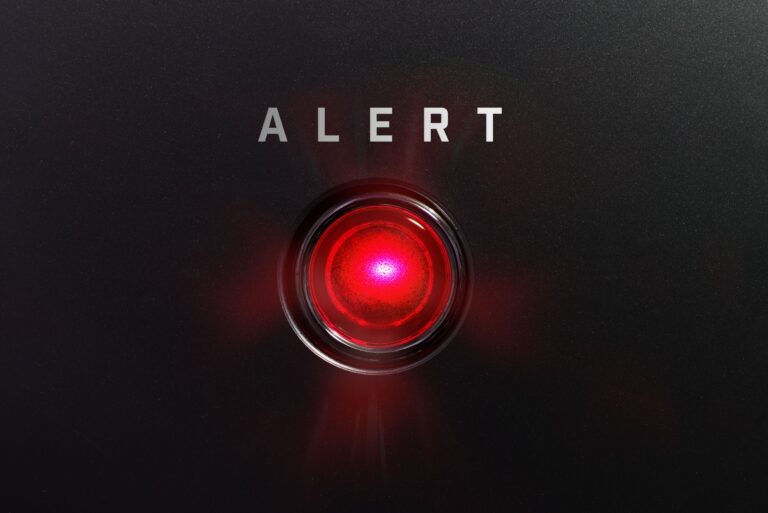It’s not all that unusual for a firm to get a Form 483 following an FDA inspection. Occasionally when the FDA considers the firm’s response to the 483 to be inadequate, the agency will follow up with a Warning Letter. The latter is a clear escalation with a strong signal to the firm on a public platform (483s are not published, but warning letters are) that the Agency has grave concerns about their programs. What was exceptional, recently, was that FDA published three warning letters at the same time, to three infant formula manufacturers. That should send a very strong message to the entire industry.
To the specifics: On August 30, the FDA issued Warning Letters to three infant formula companies for inadequate corrective actions in response to previous 483 inspection findings. Having three Warning Letters issued to infant formula facilities on the same day is concerning enough, but having them all issued for inadequate corrective action following a Cronobacter sakazakii recall is alarming. Further, the fact that the 483s did not compel adequate corrective action is a warning for the entire industry to take 483s seriously and respond fully, as FDA’s next step will be the public chastisement of a Warning Letter, followed by further enforcement action if still not adequate.
Two additional key aspects of these warning letters that industry should take to heart are the citations which include unsatisfactory root cause investigations and inadequate cleaning and sanitation activities. As stated in FDA’s release, the agency issued the letters to reinforce “the importance of instituting and maintaining appropriate corrective actions when [manufacturers] detect pathogens to ensure compliance with the FDA’s laws and regulations” – to include a thorough root cause investigation and subsequent cleaning and sanitation activities.
In each case, the FDA found the firm’s root cause analysis to be lacking because it did not go far enough to ensure the actual root cause was detected. For example, despite some discrepancies, one firm did not take additional efforts to evaluate other routes of contamination that may have contributed; another identified a probable source of contamination but did not include further investigation; and the third was unable to determine the specific root cause (stating “it was likely due to cross-contamination between the dryer environment and the product contact equipment,”) but did not include further investigation. Particularly when pathogenic contamination is detected, it is critical to ensure a thorough root cause analysis is conducted to determine and mitigate the actual cause.
In each case, FDA also noted that the conducting of Whole Genome Sequencing (WGS) would have enabled a more thorough analysis and result. Not only would it have provided more information for detection of the pathogen, but it could also have determined if it was a resident strain that matched those previously detected at the facility. It is likely precisely for that reason that some manufacturers prefer to not conduct WGS testing in their facilities, but it is an available science and one that FDA is demonstrably seeing as a technology that facilities should be implementing.
Of particular note in the cleaning and sanitation citations was a focus by FDA on the lack of intervening sanitation breaks, which the agency says are “a critical factor in assessing how a pathogen finding may impact product within a production campaign.” As such, facilities need to ensure that their root cause analysis properly evaluates cleaning and sanitation practices, schedules, and procedures before releasing product.
What does all this tell us?
- FDA is continuing to look closely at infant formula facilities, but their inspections, 483s, and warning letters contain lessons for the entire industry to be aware.
- A half-hearted root cause analysis that determines a “probable” or “likely” source will not be enough to get you off FDA’s radar, and will, in all likelihood, cause you to go back and start from the beginning. Do it right the first time, or you’ll be doing it again.
- Although FDA cannot require facilities to use a specific technology, i.e., WGS, food manufacturers “are required to ensure that their products are safe for consumption” and if the technology being used isn’t doing a good enough job ensuring that, FDA can execute any of its advisory, administrative or enforcement actions.
- Perhaps most importantly of all, Don’t take 483s lightly. When FDA issues a 483 Inspectional Observations form, you need to thoroughly consider the deviations noted, conduct a root cause analysis as applicable, take corrective action that thoroughly addresses the issues, and respond to FDA in a timely manner.
This year alone, FDA has issued more than 60 Warning Letters related to food production. With Warning Letters being an escalation of a 483, this means that these companies did not respond sufficiently (or at all) to the initial 483 observations. Thus, Warning Letters are highly avoidable by ensuring that you adequately determine the cause, correct deficiencies, then put it in writing to FDA. It’s not always easy, but it is always worth a comprehensive effort.
And it is an area in which TAG has extensive expertise to both assist in your efforts and act as liaison with FDA. Give us a call to help.
For more information on TAG’s related services, visit:





